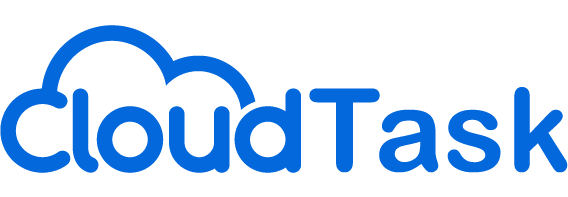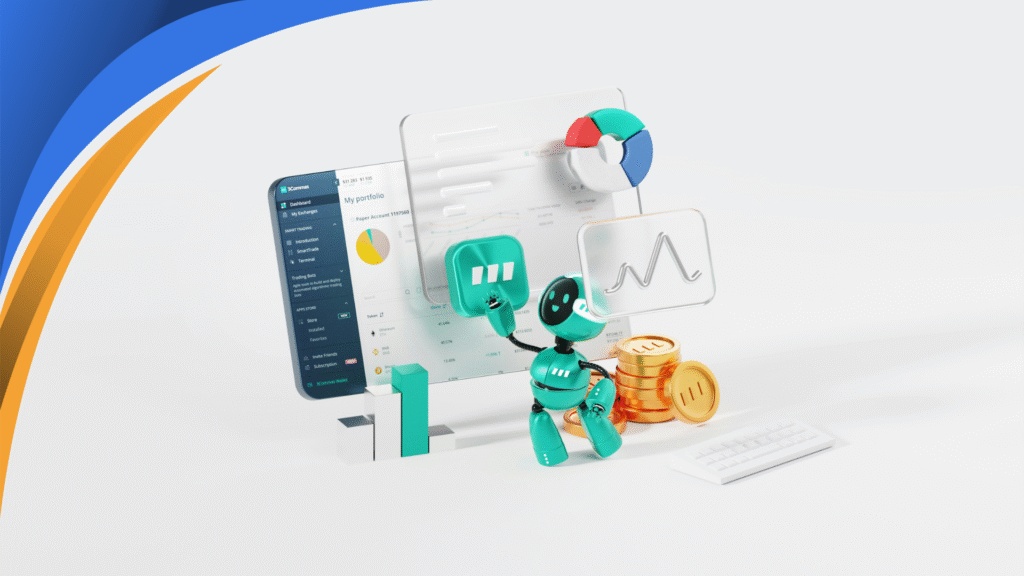B2B sales teams struggle daily with the overwhelming task of finding and engaging qualified prospects on LinkedIn.
Despite the platform hosting 950 million users and 60 million businesses, sales professionals waste countless hours manually searching for buying signals and managing outreach campaigns. This inefficiency costs companies valuable time and missed revenue opportunities, with LinkedIn reporting that sellers spend over one-third of their time on administrative tasks instead of building meaningful relationships.
LinkedIn sales automation tools offer a powerful solution to this challenge. Sales teams implementing automation report saving an average of 2 hours and 15 minutes daily while achieving 10-20% higher ROI on their sales efforts.
In this blog, we’ll explore how to leverage LinkedIn sales automation effectively, featuring practical strategies and real-world examples that transform your prospecting approach.
The Power of Intent-Based Social Selling
Intent-based selling revolutionizes how B2B sales teams identify and engage potential buyers on LinkedIn. Rather than casting wide nets with generic outreach, modern sales professionals focus on prospects actively showing buying signals through their platform behavior.
HubSpot’s 2024 research reveals that 74% of sales professionals believe AI-powered automation will significantly impact their role this year. The reason is clear: intent signals provide a direct path to decision-makers actively seeking solutions.
These signals include:
- Job postings indicating team expansion or restructuring.
- Technology investment discussions and recommendations.
- Company growth announcements and funding news.
- Direct questions about specific solutions or vendors.
- Engagement with competitor content or solutions.
Streamlining LinkedIn Prospecting with Smart Automation
Manual prospecting limits sales teams’ potential to scale their outreach effectively.
Sales professionals dedicate countless hours to searching profiles, sending connection requests, and managing follow-ups individually. This approach not only consumes valuable selling time but also reduces the chances of connecting with prospects at the right moment.
Key time-saving automation opportunities include:
- Converting post engagements into qualified prospect lists
- Scheduling strategic profile visits and connection requests
- Managing multi-step follow-up sequences
- Tracking response rates and optimizing outreach timing
Key Features for LinkedIn Sales Automation Success
Selecting the right automation tool significantly impacts prospecting results. Teams must prioritize solutions that balance efficiency with relationship building, ensuring each interaction feels personal despite operating at scale. The most effective tools combine data-driven insights with customizable outreach capabilities, enabling sales teams to engage prospects at optimal times with relevant messages.
Essential capabilities to evaluate:
- Contact data enrichment to validate prospect information.
- Custom sequence building for different prospect segments.
- Performance analytics to measure campaign effectiveness.
- Integration capabilities with existing sales tools.
- Compliance controls to maintain account safety.
Transform Your Outreach with Amplemarket
Amplemarket approaches LinkedIn automation with a focus on high-intent prospect engagement. The platform enables sales teams to monitor and respond to buying signals rapidly, such as job postings or expansion announcements.
Through its smart automation features, teams can process thousands of connections efficiently while maintaining personalized communication.
Strategic features that drive results:
- Instant prospect list creation from LinkedIn searches and post interactions.
- Automated engagement sequences including profile visits and post likes.
- Voice note capabilities for personalized follow-ups.
- Mobile number and email extraction for multi-channel outreach.
- Advanced filtering to focus on high-intent prospects.
- Campaign analytics to optimize response rates.
Best Practices for Automated LinkedIn Outreach
Sales automation requires a strategic balance between efficiency and authenticity. LinkedIn users receive numerous automated messages daily, making it crucial to stand out through personalized, value-driven communication.
B2B sales teams achieving the highest response rates combine automation tools with thoughtful messaging strategies.
Proven strategies to maximize automation success:
- Research prospect companies before sending connection requests.
- Reference specific posts or achievements in initial messages.
- Share relevant industry insights instead of direct sales pitches.
- Space follow-up messages appropriately (3-5 days between touches).
- Monitor engagement metrics to refine messaging approach.
Implementation Strategy for LinkedIn Sales Automation
Moving from manual prospecting to automated workflows requires careful planning and execution. Teams must first understand their current process inefficiencies to implement automation effectively. This transition period focuses on maintaining existing relationships while gradually introducing automated sequences.
Success depends on regular monitoring and adjustment of automated campaigns based on response data.
Essential implementation steps:
- Document current prospecting workflow and pain points.
- Set clear metrics for success (response rates, meeting bookings).
- Create message templates aligned with buyer personas.
- Test sequences with small prospect groups first.
- Monitor and adjust based on performance data.
Next Steps: Enhance Your LinkedIn Sales Results
LinkedIn automation tools transform prospecting from a time-consuming task into a strategic advantage for sales teams.
The key lies in selecting and implementing the right tools while maintaining authentic relationships with prospects.
Ready to enhance your LinkedIn prospecting? Visit CloudTask Marketplace to explore Amplemarket and other sales software solutions.








